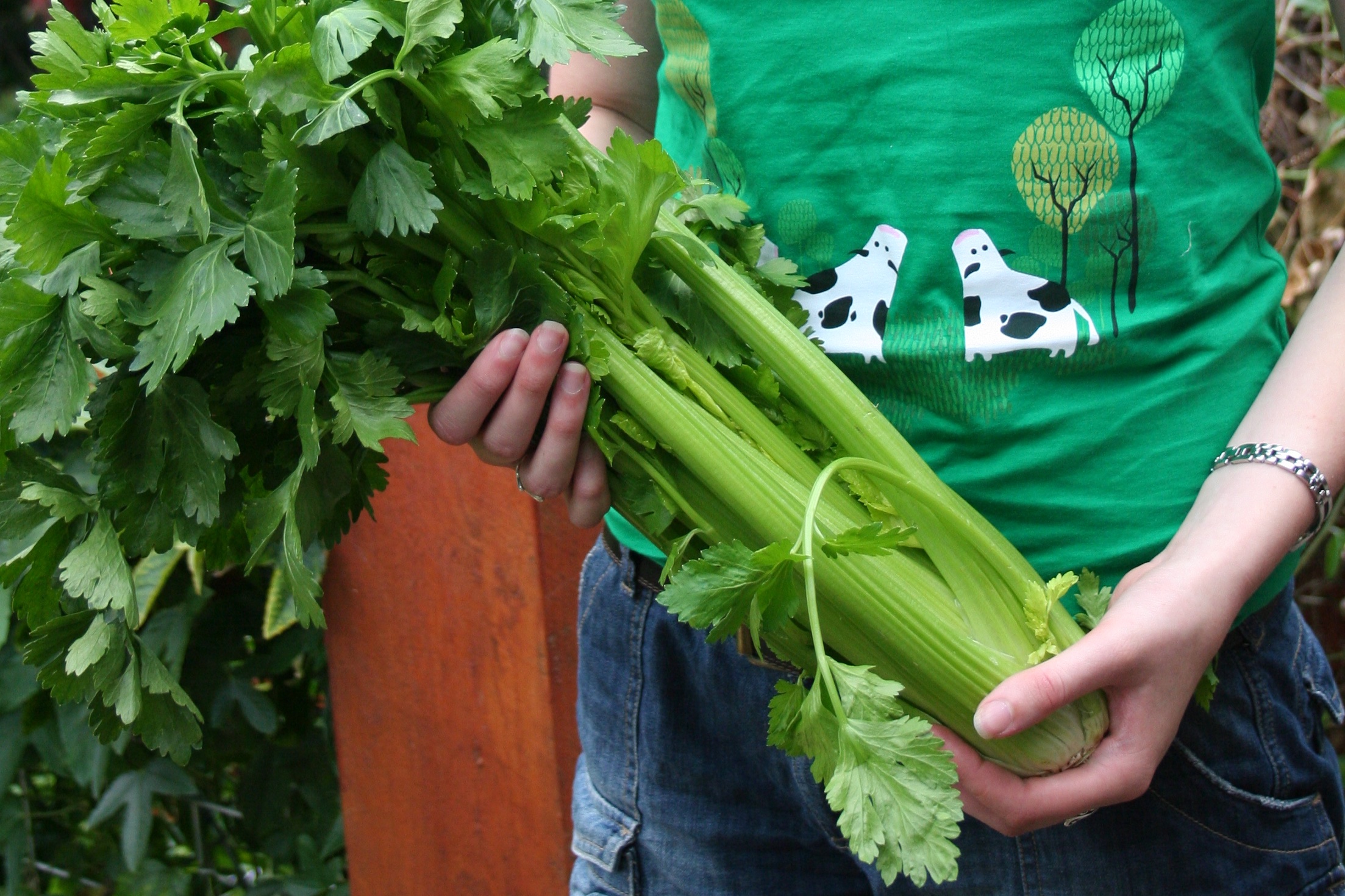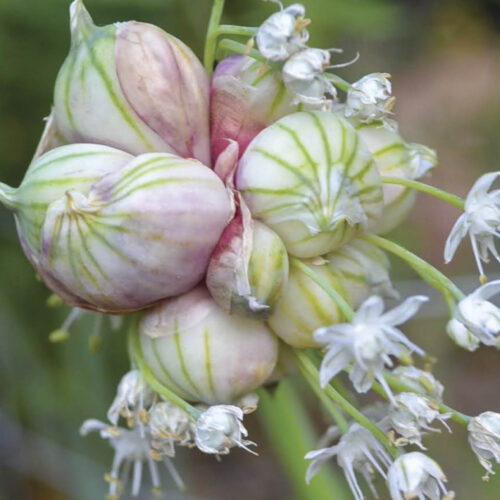Do the celery crunch
2018-03-10T03:28:56+11:00
Freshly cut, clean, crunchy celery is the perfect plant for autumn, says Penny Woodward.
Freshly cut, clean, crunchy celery is the perfect plant for autumn and winter salads and soups. Stem celery, Apium graveolens var. dulce, is a useful cool season plant that can sometimes be tricky to grow. This shouldn’t stop you from having a go, though, because commercial non-organic celery has one of the highest spray residues of any vegetable. At the very least you can grow soup or Asian celery (A. graveolens), which is used mainly for its leaves and narrow stems. It’s not crisp or sweet but has a great strong celery flavour, perfect for soups, stews and stir-fries. It is also easy to grow and needs less water.
Celery doesn’t like extreme temperatures, either hot or cold, so wait until this odd hot spell has passed and then get some celery into your garden. It’s planted in most regions in autumn, and in some colder regions only in late winter or early spring. So in the tropics, sub-tropics, semi-arid and temperate regions get seeds or seedlings in soon. Cultivars worth trying are ‘Golden Self-blanching’, ‘Green Pascal’, ‘Red-stalked’, ‘Stringless’, ‘Tall Utah’, ‘Tendercrisp’. My favourite is the heirloom, red-stemmed form that self-sows in my garden.
If growing from seed, soak the tiny seed overnight in warm water, then mix with a little sand, sprinkle over the surface of the seed-raising mix and cover only very lightly with more mix. Seed germinates best at soil temperatures from 15–21°C but it usually takes 2–3 weeks for green shoots to appear. Water carefully and keep moist at all times. I like to sow straight into small biodegradable pots that are planted into the garden once the seedlings have been thinned out and reach a reasonable size. Liquid feed with seaweed and fish emulsion at least twice during the 4–6 weeks before planting out.
Prepare the soil 2–3 weeks before planting out seedlings (either bought or home grown) by adding compost, potash and well-rotted manure, then forking over lightly. Celery grows well in most soils but does best in slightly acid, rich, moist well-drained sandy loam that’s been well prepared. It prefers sun or partial shade and needs some protection from wind.
Celery is a great ‘fill-in’ crop in a crop rotation system because it doesn’t need to be moved every year. Space plants 20–25 cm apart in a block, thus encouraging stems to grow longer, fleshier and slightly paler, as well as helping to control weeds. Mulch well and keep well watered to avoid moisture stress. Watering in the morning at ground level will help to reduce fungal problems. While celery is growing rapidly it needs to be fed regularly, I give it some liquid manure, worm juice or weed tea every couple of weeks.
Blanching (excluding light from the stems) produces sweeter, paler stalks. If you only use leaves and stalks for cooking then I wouldn’t bother, but if you love to eat it fresh, then certainly try blanching.
Some cultivars are known as self-blanching and although these do tend to be paler and crisper, they can still be improved by excluding light as well. The traditional method of blanching was to plant seedlings into trenches and gradually hill the soil around the plants as they grow. I find it much easier to wait until the plants are a decent height, then gather the stalks in a bunch and tie loosely. Wrap the stems of each plant in thick paper, cardboard or a milk carton with the bottom cut out, leave the leaves sticking out the top. You can also hill some of the surrounding soil around the plant to exclude more light. Continue to water regularly. After 2–3 weeks, the stalks should be pale and ready to harvest. When picking celery you can either carefully lift the whole plant using a fork, or just harvest single outside stalks as you need them.
Celery is relatively pest and disease free. Keep snails and slugs under control, especially if blanching. In humid conditions there may be some fungal problems, but if you remove affected leaves, or whole plants, then this will stop it spreading.
The delicious crunch and flavour of celery makes it perfect for salads and stir-fries and it is an essential ingredient of stocks and soup. Celery is also an important medicinal plant with the seeds, stalks and juice being rich in potassium, calcium, vitamin C, folate and mineral salts. It has been used to treat anxiety, insomnia, arthritis and gout. Celery seed in particular assists in the relief of symptoms of gout, arthritis and rheumatism.






